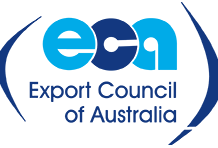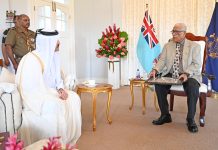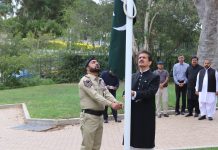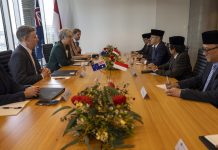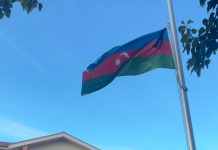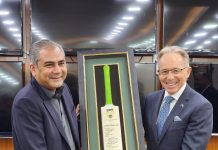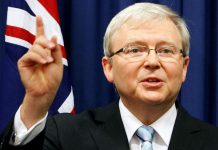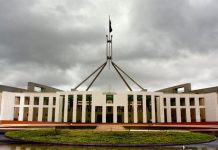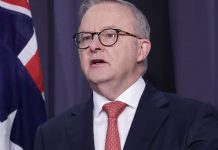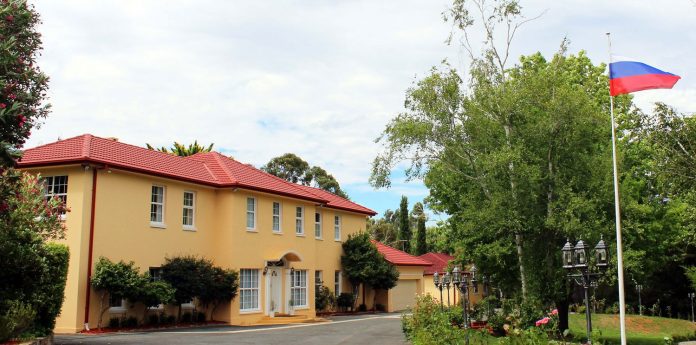Russian Embassy in Canberra has expressed extreme dismay over The Sydney Morning Herald refusal to publish their rebuttal on the newspaper editorial entitled “Dutch charges over MH17 put pressure on Putin”, published on June 21.
“We approached the newspaper requesting to publish this Embassy’s comments. Unfortunately, it has proved absolutely impossible to get our opinion item published, be it because it dissented from the point of view of the Herald’s editor or for other reasons”, said a statement issued by the embassy of Russia on Saturday.
The text of the Russian Embassy to Australia’s comments regarding MH-17 investigation follows.
“The latest Joint Investigation Team press conference has understandably prompted wide response in the Australian media. Most comments were based on the presumption of absolute integrity and professionalism of the investigation and were blaming Russia: first, for “denying any responsibility” and second, for “refusing to cooperate with the investigators”.
That is exactly what we read in The Sydney Morning Herald editorial of June 21.
Meanwhile, the “non-cooperation” assertion is simply not true to the facts. Russia has responded to all nine requests it received form JIT by providing considerable amount of important evidence crucial for establishing the truth.
It included raw radar information, declassified data on Russian military equipment, results of a complex experiment, conducted by the Almaz Antey company, designers and producers of BUK missiles.
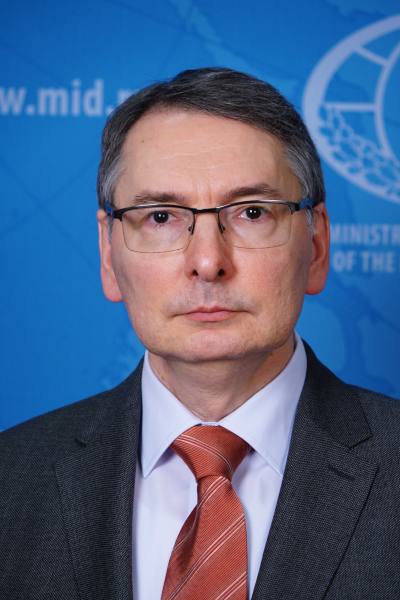
On May 24, 2018 during a JIT briefing in Bunnik, Netherlands, two missile parts recovered from the crash site were displayed. A JIT official who happened to be Jennifer Hurst, Commander of the Australian Federal Police, explained to the public with reference to the serial numbers seen on the debris that it was a BUK 9M38-series missile manufactured in 1986 at a military plant in Moscow. Commander Hurst then called for any information permitting to track the life record of the projectile.
This request was very seriously taken in Moscow. Upon researching Soviet time top secret archives it had been discovered that the missile in question was shipped on December 29, 1986 to a Soviet Army air-defence unit 20152 stationed in Ternopol region of the then Ukrainian Soviet Socialist Republic and never returned to the Russian territory.
The respective declassified documents were made public at a briefing in the Russian Defence Ministry on September 17 last year.
Guess what happened next? Nothing. JIT (of which Ukraine is a part with the authority to censor all public releases) just ignored this information.
Any mention of the crucial piece of real evidence was being carefully avoided throughout the JIT briefing of June 19. The investigators instead went on with all kinds of computer animation, Facebook accounts photos and “intercepted” sound recordings (supplied, again, by the Ukrainian Security Service).
When at last flatly asked by a journalist about the provenance of the missile, the reaction of two high ranking Dutch officials (as seen on the official footage, minutes 55 to 58) spoke volumes about the investigation bias.
Russian cooperation, which has been obviously there, has been being rejected and silenced for not fitting into the a priori version embraced and aired by the JIT.
This is unfair not just to Russia, but first and foremost to the memory of 298 innocent passengers, including 38 Australian citizens and residents, and to their families. What they deserve is truth, not an ingeniously crafted surrogate”.







